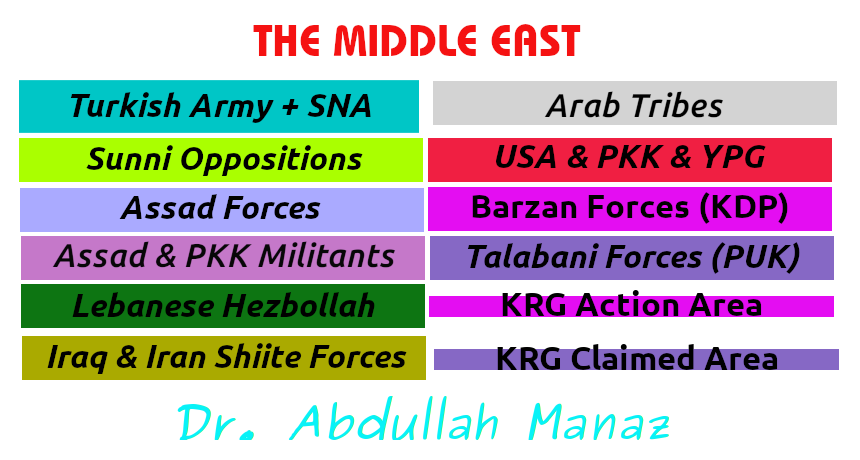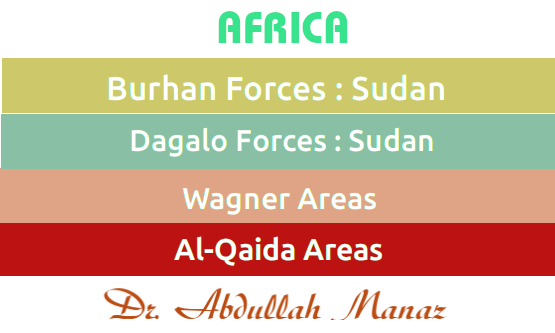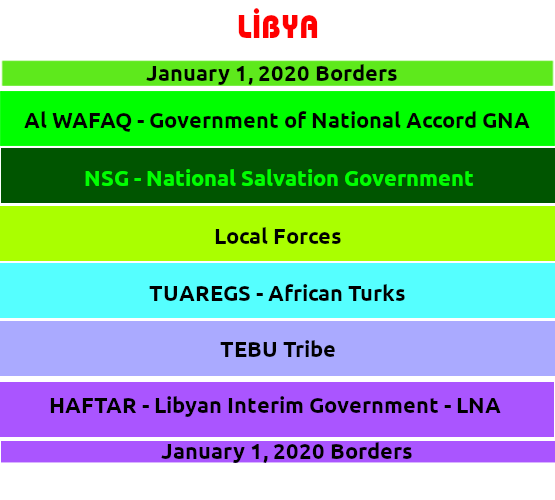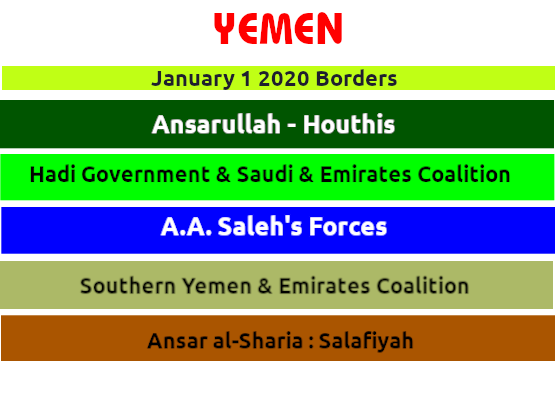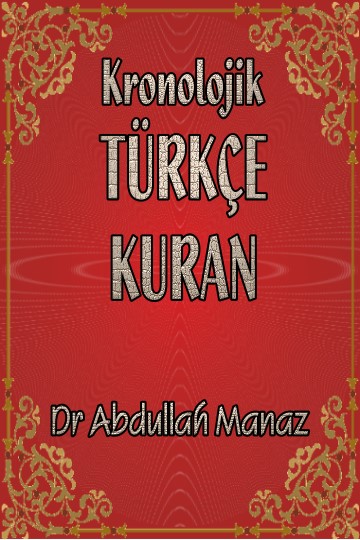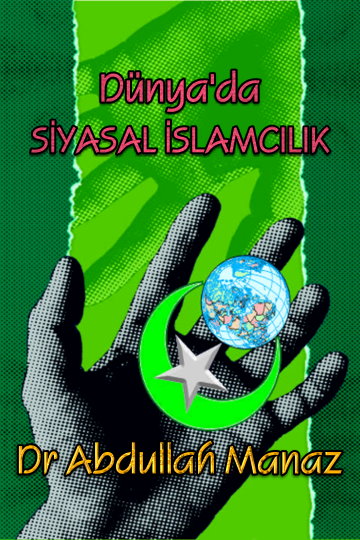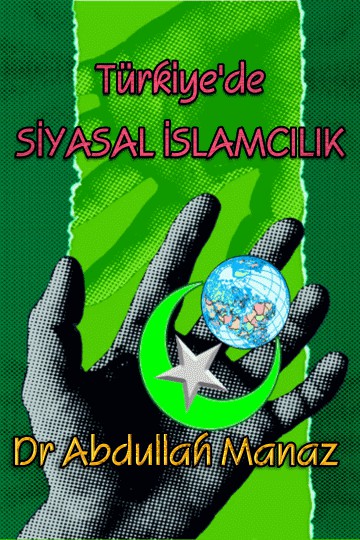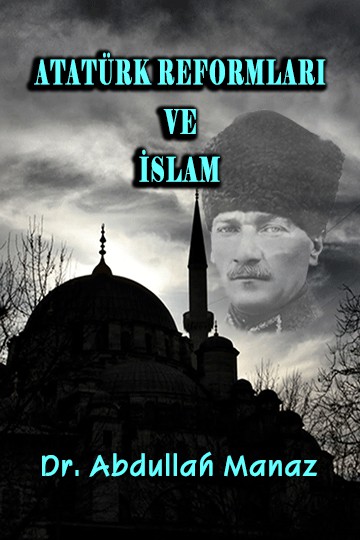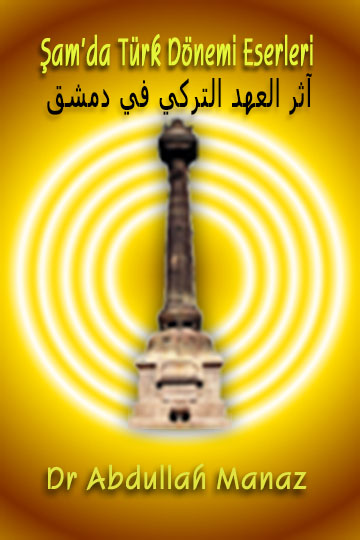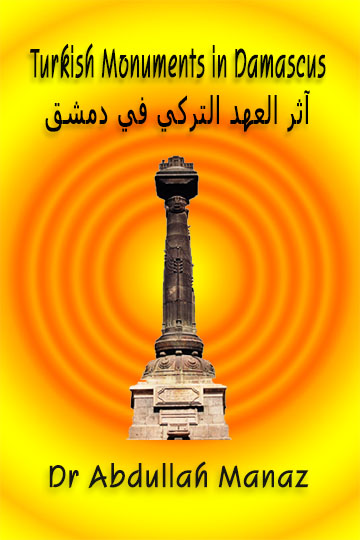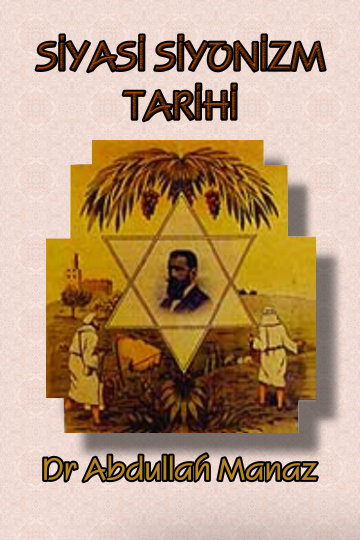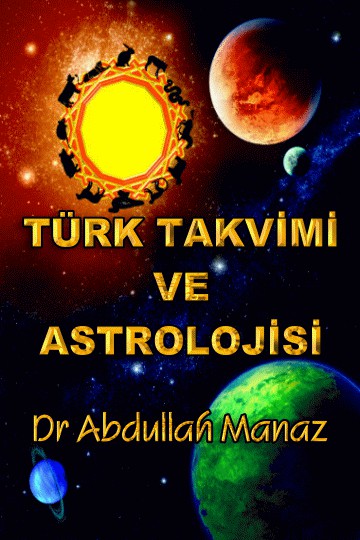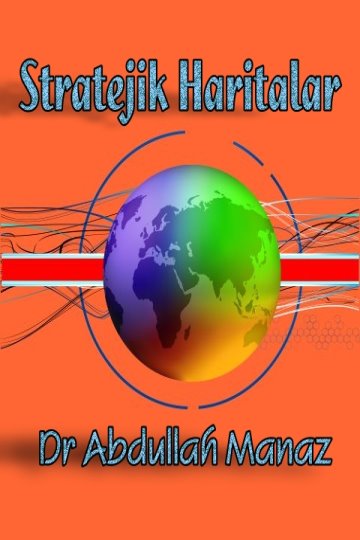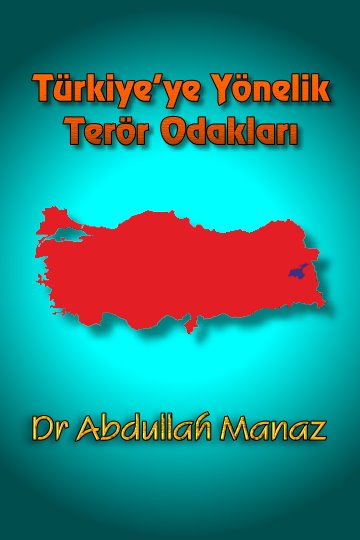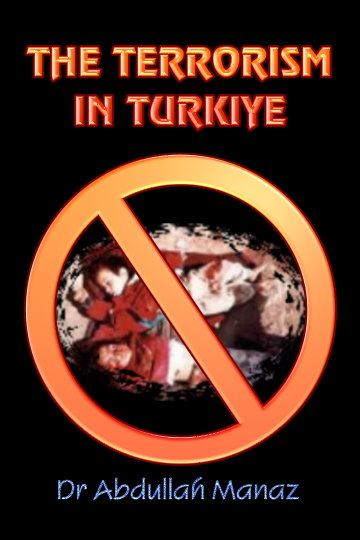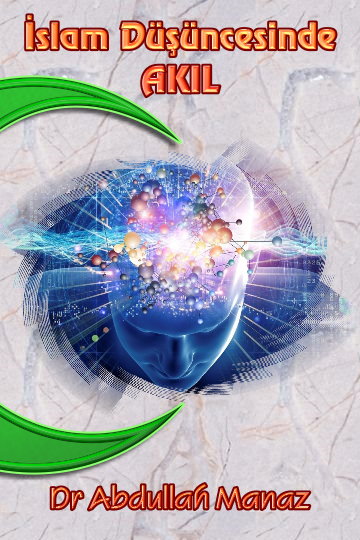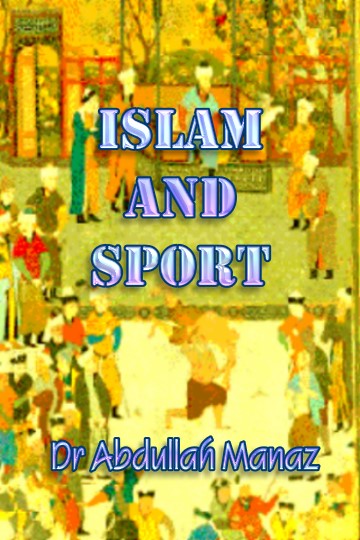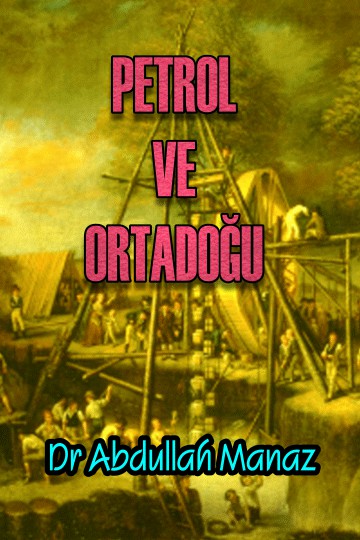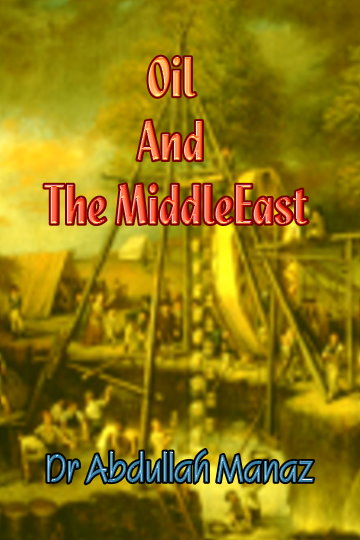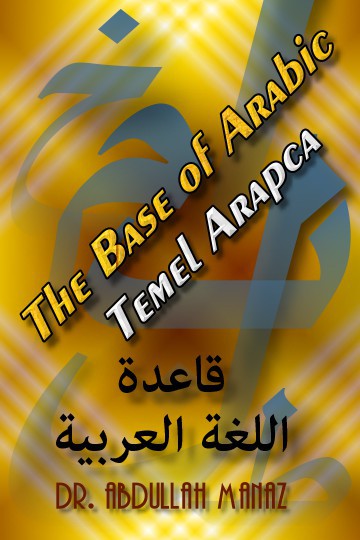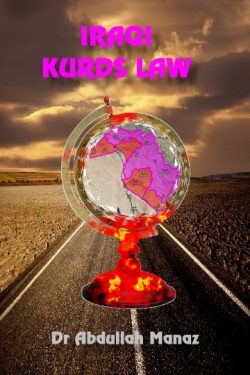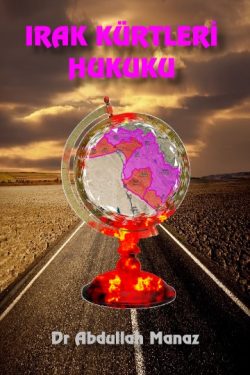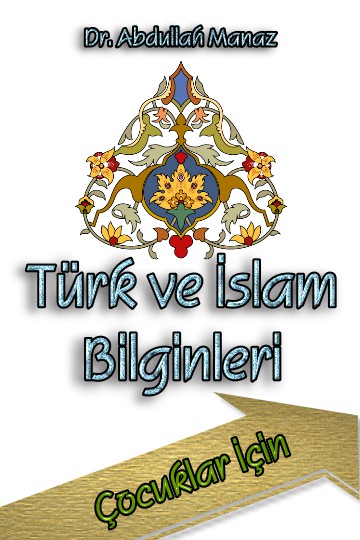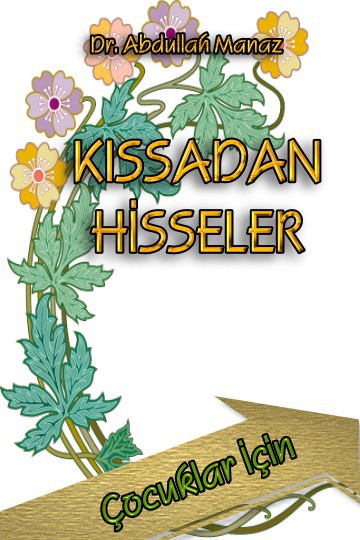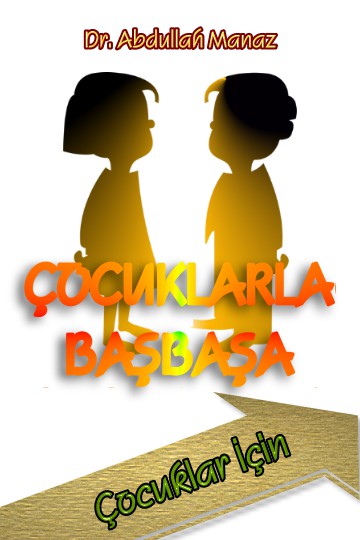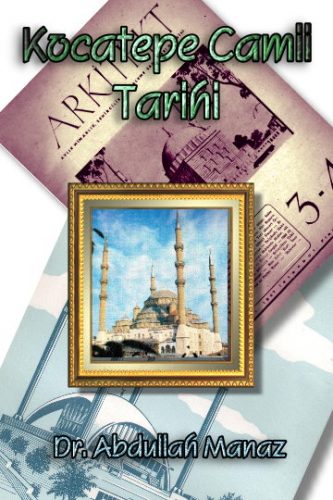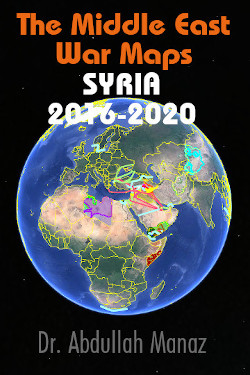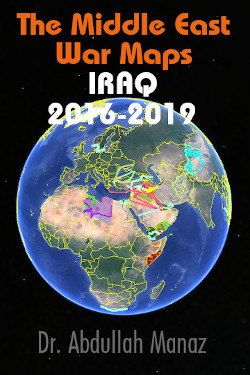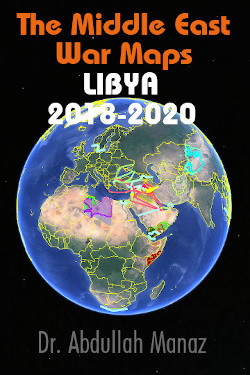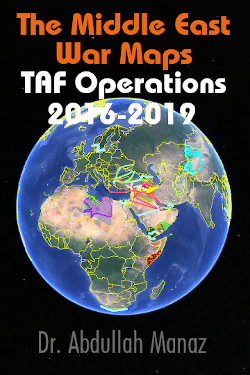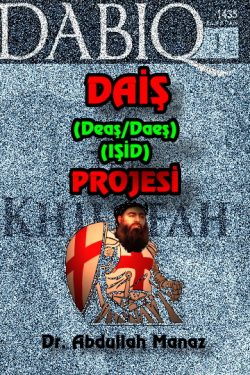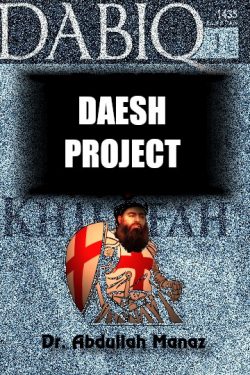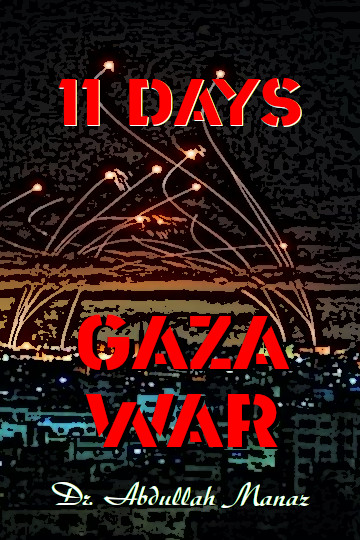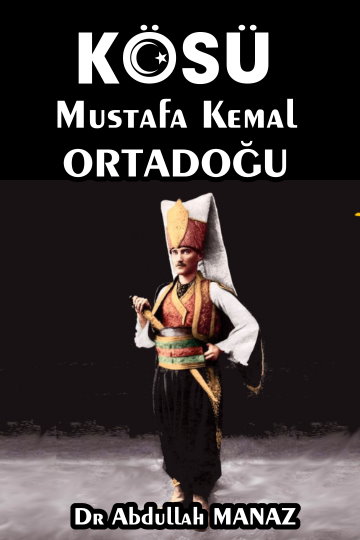ARMENIAN ISSUE AND TERRORISM
Dr Abdullah Manaz – April 2003
Armenians were placed under Turkish rule in 1071 subsequent to living under Persian, Macedonian, Roman, Part, Sasanite, Byzantine and Arab sovereignty in history. Seljuk Turks were the ones to rid Armenians of Byzantine persecution and the Armenian Patriarchate was found in the Mehmet the Conqueror era after freedom of religion and conscience was granted to them. Armenians who had their golden age under Turkish administration up until the 19th century were exempt from military service and from certain taxes and they attained prominent positions in commerce, governmental affairs and in the foreign office in particular.
When the disintegration process of the Ottoman State set in, certain European states aspired to accelerate it through provoking and organizing the Armenians against the Ottomans. Complete Russian preponderance over the Echmiadzin Armenian Church in the Caucasus after the 1820’s, establishment of the Armenian Catholic Church by the French in 1830 to win the Armenians and the establishment of the Armenian Protestant Church by the British were instruments of this aspiration. As a result of the Reform Bill of 1856, which was enthusiastically supported by the Europeans, Armenians have lost their privileges and embarked on a restructuring process. When Eastern Anatolia was lost following the 1877-78 Ottoman-Russian war, Echmiadzin Church, already under Russian influence, claimed this territory. This period marked the beginning of political claims by the Armenians as well.
Armenians who wished to establish an independent Christian state in Eastern Anatolia similar to its counterparts in the Balkans have established the Black Cross, Armenekan, Homeland Defenders Committees in Anatolia, the Hincakh Committee in Geneva and the Tashnak Committee in Tbilisi. The first rebellion launched in Erzurum in 1890 was followed by others and thousands of Turks were massacred. Armenian Committees, by spying for Russia and shifting to the Russian side during World War I, set Turkish villages on fire and massacred everybody including women and children. Urgent precautions were necessary against the Armenians who back-stabbed the Turkish army fighting the occupation.
On 24 April 1915, Armenian Committees behind these operations were shut down and 2345 terrorists were arrested. However, this precaution did not suffice to stop the Armenians. In order to prevent espionage and treason by those who were in the war zone, the “Deportation Act” was passed on 27 May 1915. Approximately 700.000 persons deported were relocated to secure regions again within Ottoman boundaries. Armenian claims in the following years that 2-3 million persons were killed during this deportation suggested so preposterous numbers as to refer to several times the size of the Armenian population. A host of renowned historians from Voltaire, Lamartine, Pierre Loti, Ilone Caetani to Grousset and Toynbee did not take these claims seriously and this alleged genocide was never proved. Indeed, similar Armenian emigrations had taken place during Sasanite, Byzantine, Mamluk and Russian periods as well.
One of the first examples of Armenian terrorism was the bombed attack on Sultan Abdulhamid II of the Ottoman state which the Armenians were part of. Armenians continued their attacks in the aftermath of World War I and organized a series of assassinations on Ottoman statesmen in foreign countries where they relocated to. As a result of these, Talat Pasha and Bedrettin Sakir were killed in Berlin, Cemal Pasha in Tbilisi and Sait Halim Pasa in Rome. Armenian terrorists had prepared plans to assassinate Mustafa Kemal and Ismet Pashas yet failed to act on them.
Louise Nalbandian, one of the most prominent speakers for Armenian claims, was telling these when talking of the Hincakh Committee: “Provocation and terrorism were necessary to activate the feelings of the (Armenian) people. People would be provoked against the enemy and advantage would be taken of the retaliatory movements of the same enemy. Terrorism would be utilized as method to protect the people and to secure their confidence in the Hincakh program. The party (committee) aimed at terrorizing the Ottoman government. This way, the prestige of the regime would be diminished and efforts would be exerted for its total dissolution. The government would not be the only target of terrorist tactics. Hincakhs would also kill those most dangerous Armenians and Turks who worked for the government at that time”.
Similarly, Williams, Assistant Secretary of the British Consulate in Van, stated in his note on 4 March 1896 that: ” Tashnak and Hincakh are terrorizing their own citizens, they are provoking the Muslim population with their extremism and insanity, they are paralyzing all reform efforts and murders by Armenian committees are responsible for what is going on all around Anatolia”.
Armenians‘ objective of an independent Armenia included the Turkish provinces of Erzurum, Bitlis, Elazig, Diyarbakir and it was planned that it would include Sivas Adana, Halep and Trabzon over time. Armenians who were regarded as “Tebai Sadika”, that is Loyal Citizen, by the Ottomans, who spoke Turkish everywhere, who even held their rituals in Turkish, who had many ministers and around 20.000 servants in the Ottoman government had lent themselves to the aspirations of certain states to carve up the Ottomans. Armenians, who first formed the Volunteer Corps to fight the Ottomans alongside the Russians, joined Britain and France during the War of Independence period as groups of Legionaries and performed such massacres which puzzled even foreigners. While 2.5 million Turks were killed in this war and massacres, around 200.000 Armenians also lost their lives. Even the smallest villages in Anatolia were annihilated. When finally the Armenians, provoked with huge promises, were left to their own destiny by the Westerners, they fled the country together with them.
The establishment of NATO and Warsaw Pact in the 1950’s and the severing of the Cold War in the 1960s accelerated Soviet plans to destroy the NATO-member Turkey. Upon Soviet permission, an Armenian Genocide monument was built in Erivan in 1965. This monument became the symbol of the alleged Armenian genocide and hence of enmity toward Turks, since that day, those who paid official visits to Erivan were insisted to visit this monument. After that date, Armenians all around the world launched a campaign demanding recognition of the genocide and accusing Turkey of genocide.
These allegations and demands have paved the way for a restructuring of terrorism after the 1970s. Turkey‘s Los Angeles Consul Mehmet Baydar and Assistant Consul Bahadir Demir were killed at a hotel in the city in January 1973 when an old Armenian named Gurken Migirdic, a former Tashakh member, invited them there suggesting that he would a submit a historical painting as a gift to the Turkish state. The murder of Turkey‘s Ambassador to Vienna Danis Tunaligil followed this incident on 22 October 1975.
On 20 February 1975, the offices of Turkish Airlines in Beirut was bombed this time. Secret Armenian Army Captive Yanikiyan Group claimed responsibility for the incident. A letter left at the location of the incident stated that “Armenians would fight the imperialists for their legitimate cause, their attacks would target Turkey, Iran and the US and this bomb attack was only the beginning”. Turkey and Iran were the two most important allies of the US at that time.
There were three significant terrorist organizations launching attacks on Turks living abroad. First was the pro-Soviet Hincakh terrrorist organization. It was established by Caucasian Armenians in the year 1987 in the Swiss city of Geneva and they published a journal of the same name. The organization which had a Marxist foundation carried its activities out after the year 1890 primarily in Istanbul and by opening branches in several other important Ottoman provinces. Hincakh foundation which the Ottoman state approved in 1909 undertook many illegal operations and then disintegrated in the latter years over ideological disagreements.
Another terrrorist group targeting Turkey and Turks was the Tashnak organization that came forth in 1890 in Tbilisi. Its goal was to acquire the so-callled Armenian territories in Turkey through rebellions and to furnish intervention by European countries in the region. According to article 8 of the Tashnak committee program adopted in its General Assembly in 1892, (Ottoman) government officials and traitors would be killed, and governmental institutions would be destroyed and raided according to article 11. Following the 1960s, Tashnak started restructuring in Lebanon. One member from America, France and Iran and 5 members from Lebanon were included in the collective administration. After the Lebanese Civil War, the organization moved to America, Greece and France. In 1983, a split emerged between the Tashnaks and ASALA in Iran over the form of terrorist attacks. Tashnaks preferred attacks which would hurt the Turkish economy rather than persons. The terrorist organization held two important congresses on 27 December 1981 in Vienna and in Munich at the end of 1984 and cooperated with several institutions in the US and Europe, Union of Churches, Armenian research institutions and lobbies.
ASALA, one of the most important Armenian terrorist organizations, was found in 1975 by a group of 6-7. One of the strongest supporters of the organization was the Greek intelligence agency which supported all actions aimed at Turkey following the Cyprus Peace Operation of 1974. Agop Agopyan was the leader of the organization; Agop Tarakciyan was its second man and was personally present in murders. The organization was based in Lebanon and established several sub-committees. The organization first captured attention when it administered a bombed attack on the World Churches Council – which was identified as an anti-Soviet Western target – bureau in Beirut on 20 January 1975.
The first operation of the organization aimed at Turks was the murder of First Secretary of Turkish Embassy in Beirut, Oktay Cerit, on 16 February 1976. ASALA which coexisted with Palestinian organizations based in Lebanon for a while, pursued the path of opening up to Western countries by joining the Armenian Conference that was summoned in 1979 in Paris. While they recruited new members there, “Neo-Armenian Resistance Organization” terrorist network in France, “Azad Hay” in Canada and “Gaitzer” in Britain joined ASALA.
The chief goal of the terrorist network was to get Turkey recognize the genocide which allegedly took place in 1915, force Turkey to pay compensation for this alleged genocide and to restore territories in Eastern and Southeastern Anatolia to their alleged legitimate owners, that is the Armenians. In connection with this, the terrorist network aimed at establishing an independent Armenian state on this territory and to transform this territory into a republic officially part of the Republic of Armenia.
Following the Israeli occupation of Lebanon in 1983, the organization left there and splitted into two in July 1983. Of these two, the Agop Agopyan Group established itself in Greece and the Middle East. The second group named ASALA Revolutionary Movement established itself in Western Europe under the leadership of Monte Melkoyan and Ara Toranyan.
Terrorist organizations targeting Turkey and the Turks usually made use of the same resources and cooperated when necessary. PKK and ASALA terrorist networks organized a joint press conference in the Lebanese city of Sedon on 8 April 1980 and issued an anti-Turkish declaration. Yet when this incident caused a lot of reaction, it was decided that relations would be carried out clandestinely. After the conference, the Turkish Consulate General in Strasbourg was attacked on 9 November 1980 and the Turkish Airlines offices in Rome were attacked on 19 November 1980, PKK and ASALA claimed joint responsibility for the attacks.
A joint ASALA – PKK statement distributed on 30 November 1980 in Teheran stated that “It was necessary for Armenian, Kurdish and Arab peoples to cooperate against imperialism in the region and against Turkey“. In 1987, PKK and Armenians concluded an agreement and the following points were specified:
Armenians will be trained within the PKK terrorist network.
$5000 per militant will be paid annually to PKK.
Armenians could take part in small-scale operations.
A successive agreement concluded on 18 April 1990 specified the following principles:
PKK and ASALA would cooperate in management.
Armenians would be responsible for intelligence operations for attacks on security forces in Turkey.
Territories acquired after the revolution would be shared evenly
Armenians would meet 75% of camp expenses.
Operations would be carried over to other metropolitan cities in Turkey.
PKK and ASALA have decided to undertake joint operations not only in Turkey but also in the Caucasus. Between 19-20 May 1992, a group of PKK terrorist organization members relocated to Armenia from the Iranian city of Urumiye in 3 vehicles and fought Azeri Turks.
The following remarks expressed at a meeting held between 6-9 January 1993 at two different churches in Lebanon attended by the Archbishop of Orthodox Armenians, Armenian Party officials and 150 youngsters revealed very important facts:
“The Armenian state has been established, its territory enlarges every other day and it will definitely take revenge in the name of its ancestors. Western countries and the USA primarily are on the Armenian side in the war being carried out in Karabakh. The domestic war in Turkey will be sustained, Turkish economy will hit ground zero and the people will revolt. Turkey will be divided and a Kurdish state will be established. Armenians have to maintain their good relations with the Kurds and support their struggle”
These remarks made in the beginning of 1993 are of the kind that can shed light on many events Turkey encountered in the 1990s. Similarly, PKK terrorist network used Armenian territory at great ease, published journals and continued its activities. On 4 June 1993, Armenian Hincakh Party, ASALA and PKK terrorist networks again met in western Beirut. The leader of PKK terrorist network, Abdullah Ocalan, was awarded honorary membership to Armenian Writers Union for his contributions to the “Greater Armenia ideal”, a Kurdish committee was established within the framework of the Armenian popular movement. PKK terrorist organization recognized April 24th as the alleged Armenian genocide day and held meetings, and declared 21-28 April 1980 as the “Red Week”.
What Armenian terrorist organizations and the PKK were united in was the goal of seizing Turkey‘s Eastern and Southeastern Anatolia regions by resorting to armed attacks and establishing a state there. Fundamental objectives of Armenian terrorist organizations were summarized in “4Ts”:
- Getting the genocide allegations heard in the world through the use of terrorism.
- Turkish recognition of the alleged genocide.
- Demanding compensation from Turkey.
- Restoring territory allegedly under Turkish invasion to Armenians.
However, all these allegations yielded no results other than terrorist attacks and the killing of thousands of persons. Armenian terrorist organizations and the leaders and militants of these organizations are in temporary silence today. They refrain from undertaking terrorist operations as public opinion in the entire world has adopted an anti-terror stance after the September 11th incident in the USA. Despite this, they continue their operations in Europe, France, USA and Armenia and in the Middle East and Lebanon (Beirut and Anjar) in particular. Current Armenian administration treats the leaders of terrorist organizations – including those who murdered Turkish diplomats- as heroes in its country. Armenian churches in Lebanon incessantly continue their instructions inciting enmity toward Turkey.
When the Armenian terror button against Turkey will be pushed again will be dependent on international dynamics and the status of alliances.

